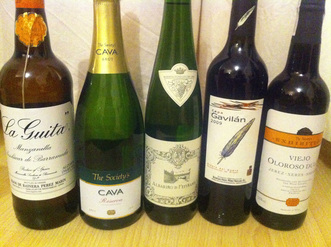 Team Spain ready to take on the rest of the world
Team Spain ready to take on the rest of the world I was asked to run a wine tasting event for a friend's team meeting. Don't worry folks, corporate hell hasn't frozen over. The employees were staying overnight and chipped in to pay for the winetertainment themselves. The event was held at The Copse, near Henley on Thames, which meant they could cook, and not have to worry about driving home, and I was asked to bring wines to suit the dinner. Other than that, I had free reign, with an alcohol budget of between £10-15 per person.
First, a word about the stunning venue. If you're looking for a place to host a party for a large number of overnight guests, this is a great place to consider. It has a private cinema to seat 14, a 12 seater dining table and amazing bedrooms to sleep at least 11. It was a fine location for the wine tasting with plenty of glasses, a dishwasher, and most importantly, no need for a designated driver!
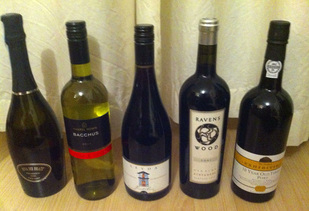 Team "Rest of the World" ready for the challenge
Team "Rest of the World" ready for the challenge The tasters all enjoyed wine from time to time, but tended to have one or two favourites which they rarely deviate from. And they were all keen to try new things, be challenged and up for anything - all the elements that make for a fun wine tasting evening.
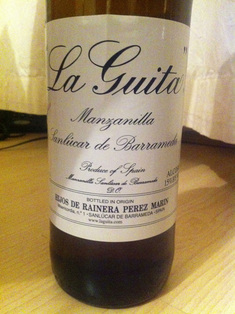
Definitely, I did something to change sherry's "old aunt" reputation among these boys, and those that had tried sherry before found this one easier to drink than a traditional Fino such as a Tio Pepe. Good result. I got a litre in the duty free shop in Jerez on my visit to the region last September for about 7 Euros. Sadly in the UK a bottle will set you back over £10 (if you can get a hold of it). It's worth it for a taste of the Andalusian seaside where this wine is aged and turned into a delicious sherry.
Total score 25/50, which I think is a bit harsh, but then, I am a sherry convert. More on this another time!
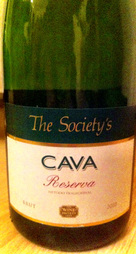
So I decided to compare Spain's Cava and Italy's Prosecco which are both gaining in popularity due to their fresh, fruity flavours and bargain prices (compared to Champers).
All the wines (except the Manzanilla) came from The Wine Society and this one was £7.50. Cava is made in the same method as Champagne, but with different grape varieties (the fizz is created by a second fermentation in the bottle). This one blends a little Chardonnay in with the traditional Cava grapes of Parellada, Macabeo and Xarel-lo and surprised our panel with it's refreshing, clean, crisp apple flavours and delicate mousse. It gained 3 scores of 4 and the lowest score was a 2, with a few reconsidering Cava after previously having considered it would be sweet. Total score 31.
In other news, I subsequently tried the Friexenet Cava Cordon Rosado (pink cava) in a mini bottle size and with a screw top. While it did lose some of the ceremony, it's good to be able to enjoy fizz without the need for "an occasion" or even someone to share it with. This one is full of strawberry and summer-fruit flavours so just right for that taste of spring we ought to be having around now.
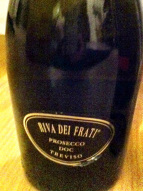
With everyone else rating it at a 3, I guess this is a wine that doesn't stir the passions, but is also inoffensive and thus good to serve to a large group without fear of people actively disliking it. Total score 28. Spain win the fizz challenge!
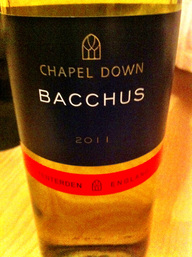
If you love New Zealand Sauvignon Blancs, you should definitely be picking up some of this Bacchus from Kent for your spring evenings (assuming spring ever gets here). The scoring was consistent around 4 with just one 3 and one 5. Total score 40, making it the highest scoring individual wine. Does this mean England is the winner?
Perhaps it's time for our wine bars and restaurants to take Bacchus seriously? I really hope that this summer I will see more English wines on the wine lists of England.
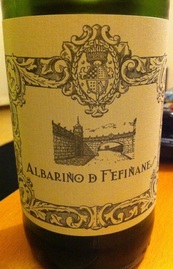
In restrospect, I ought to have served this delicate and elegant wine before the Bacchus. The English wine has a very strong flavour and long finish, thus tending to dominate the initial sips of Albariño. Despite this, the elegant and serious Spaniard with hints of salty minerality stood up to the test. It gained no score less than a 3 and five scores of 5 bringing it equal to the Bacchus with a total score of 40. However, five scores of 5 is the most achieved by any wine on the night, so does that mean Spain wins? It's a tough call and it's all down to the scoring methodology. In West Coast Swing dancing, this wine would have beaten the Bacchus hands down, simply based on the highest number of first places. Yes, I admit, I'm biased. I love this wine - but at £15 a bottle, I won't be drinking it very often. Do treat yourself to an Albariño this summer though. It's like a cool breeze on a sandy beach.
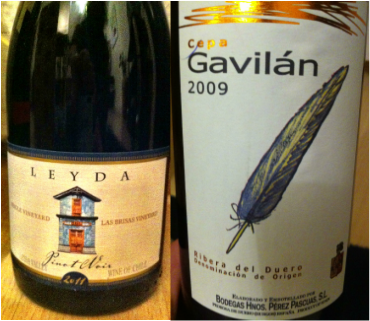
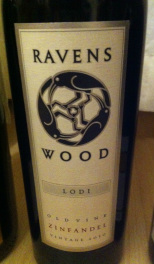
Luckily, I was hosted for the evening at the Copse, as driving would have been a lot less fun than joining in.
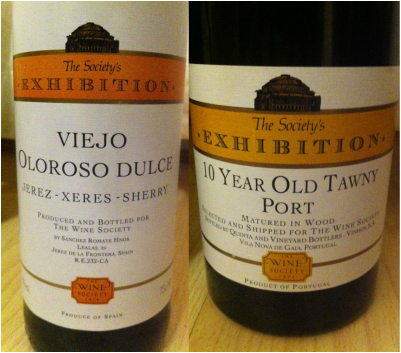
Representing Portugal and the final submission for Team Rest of World, we enjoyed a 10 year old Tawny Port (£17), which achieved a total score of 37. It worked best with the apple cake. Descriptive references are scant at this stage in the evening with such helpful terms as "sweet" and "wonderful" being written down. While I enjoyed it a lot, I prefer tawny ports which look less ruby than this example. It still had fruit flavours, and I like the development of the caramel tastes that say, the Warre's Otima 10 year old delivers (around £10 per 50cl from Asda and other supermarkets).
Team Spain's final submission was back to the sherry region. I am determined to convert the masses to the love of sherry, and this Oloroso Dulce (£11) style couldn't be more different than the Manzanilla we started with. It's stickily sweetened with the Pedro Ximenez grape so it seems much sweeter than the port. It paired brilliantly with the bitter chocolate dessert. This was a match made in heaven. Normally when faced with a chocolate dessert, I reach for Black Muscat, Banyuls or Maury, but no longer. With extreme bitter chocolate, this sherry is your friend and ally. Helpfully scoring another total of 37 but with four top scores of 5, this could just about claim the front place in the tie for the dessert wines.
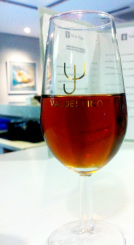
And if you like the sound of holding a Purple Teeth tasting event for your private party, then feel free to get in touch using the contact form, to discuss your requirements. I'd love to help you and your friends discover your new favourite wine (and I'm even happy to drive home afterwards). Cheers!

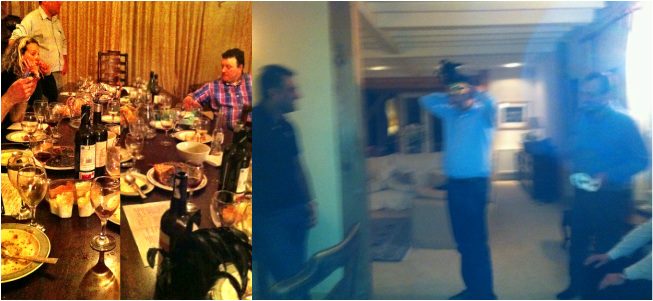

 RSS Feed
RSS Feed
